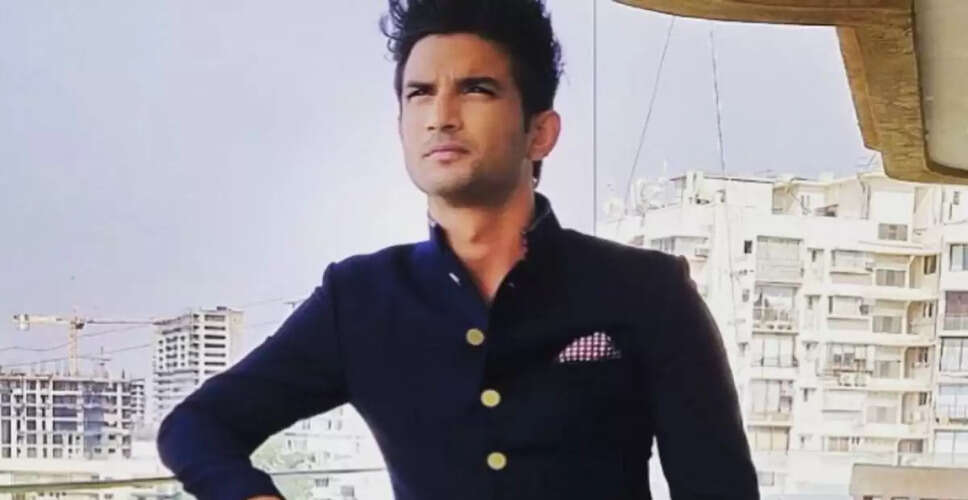Sushant Singh Rajput: A Reflection on His On-Screen Deaths

Sushant Singh Rajput's On-Screen Deaths
Did Sushant Singh Rajput find joy in portraying death on screen?
Having witnessed him pass away with a smile in various films, I once asked Sushant if he was akin to Rajesh Khanna for this generation.
“Why, Sir? Did he enjoy dying on screen? I can't say if he enjoyed it. However, I believe that death is an integral part of life. Since cinema mirrors life, it should also depict death. That said, I haven’t specifically chosen scripts where the hero dies. It just happens that my character meets his end in some films. I aspire to take on more roles where the hero survives,” he replied.
Strangely, Sushant's characters met their demise in five out of the ten films he completed before his tragic and unexpected passing on June 14, 2020. In his debut film, Kai Po Che (2013), his character dies, as do those in Raabta, Kedarnath, Sonchiriya, and Dil Bechara. Although his character in Chhichhore didn't die, he came perilously close.
This is a significant amount of on-screen death in a brief career spanning seven years. The only actor who experienced more on-screen deaths than Sushant was Rajesh Khanna, who often portrayed characters that faced death with bravery. His demise in Aradhana catapulted him to superstardom. In another notable role in Safar, he sang in Kishore Kumar's voice, expressing a deep love for life while acknowledging death.
Rajesh Khanna's relationship with death began with his breakthrough film, Aradhana, where his character, an airforce pilot, dies, leaving his pregnant girlfriend to confront societal stigma. He romanced the most beautiful actresses but ultimately faced death.
Following Aradhana, he built a career around tragic roles. In Asit Sen’s underrated film, Safar, he portrayed an artist succumbing to cancer, showcasing his comfort with death scenes. That same year, he immortalized his career in Anand, confronting death head-on. After a series of tragic roles, he made a memorable guest appearance in Ramesh Sippy’s Andaz, where he dies while singing about life's journey.
In 1973, Hrishikesh Mukherjee directed Namak Haraam, an Indian adaptation of Becket. Neither Amitabh Bachchan nor Rajesh Khanna was informed about who would die in the film. On the day of the death scene, both actors arrived to find Khanna's photograph adorned with flowers, marking yet another on-screen death for the superstar.
In the 1974 marital drama Aap Ki Kasam, a narrative of mortality unfolds around the song Zindagi ke safar mein guzar jaate hain jo maqaam who phir nahin aate. The remorseful husband seeks redemption for mistakenly believing his wife was unfaithful, ultimately dying at his daughter's wedding. This storyline echoed Ashok Kumar’s journey and demise in Hrishikesh Mukherjee’s Aashirwad.
With the guidance of directors from the Bimal Roy school, Khanna consistently crafted the image of a tragically doomed hero, akin to a post-modern Devdas.
In the blockbuster Roti (1974), Khanna is shot at the Indo-Pak border while attempting to cross with his girlfriend, Mumtaz. By this stage in his career, he was frequently imposing mortality on his characters. In several films post-superstardom, such as Prem Nagar, Amar Deep, Avatar, and Dard, Khanna struggled to bring his characters to a tragic conclusion, almost out of habit.
Interestingly, many of Rajesh Khanna’s death-laden roles were portrayed during his superstardom phase. Sushant too might have evolved beyond the tragic roles if life hadn’t intervened to end his journey prematurely.
